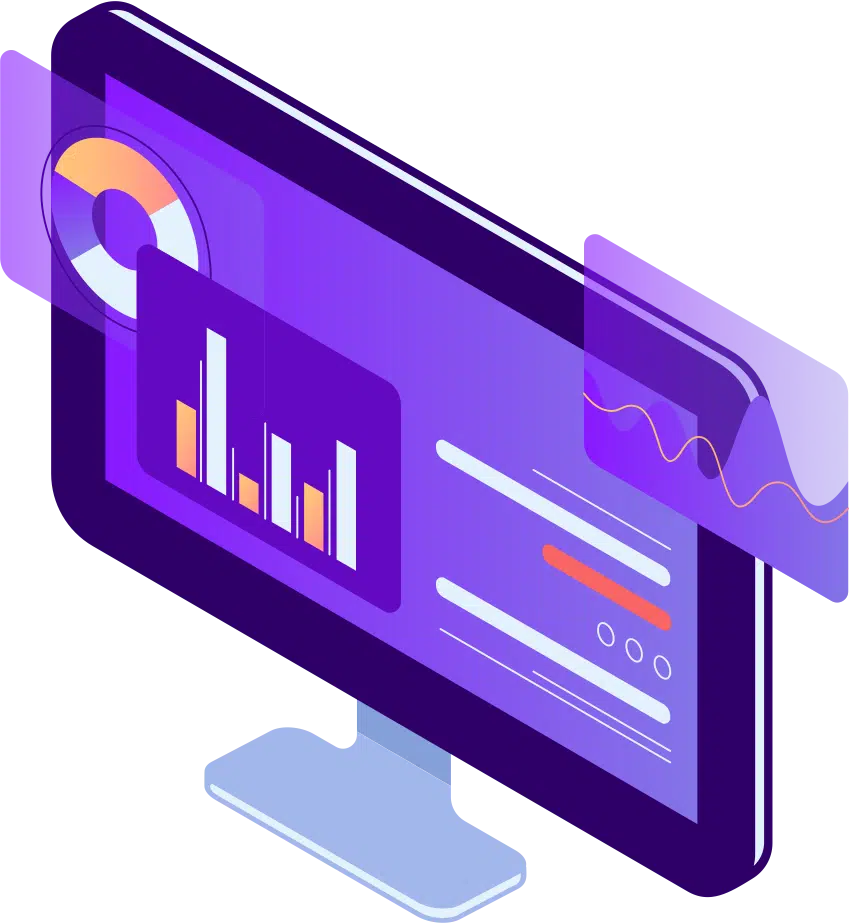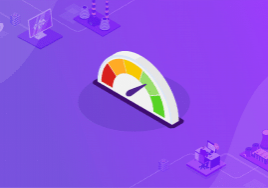Published 24/04/2023
In order to have a strong energy budget strategy, to be able to keep your costs in line, and to be more resilient, it’s imperative to identify major risks. Risk mapping is critical to allow you to put the right tools in place to overcome them. This is especially true given the recent changes in the energy market, which has become much more volatile than before. Companies and organizations who are proactive with a planning strategy will be in a better position to limit the impact on their profitability and survival.
In this article, we identify the main threats to consider when putting together your energy budget in the tertiary sector. Once you have identified the main risks, you can watch our webinar, where our experts present concrete solutions to overcome them.
TABLE OF
CONTENTS
01
02
01
An Unpredictable Energy Market
Recently we have seen a long and significant increase in energy prices due to factors such as the covid pandemic and the war in Ukraine, which have resulted in higher and more volatile prices, indexation of contractual prices, changes in contractual volumes, and risk that has moved from the supplier to client.
While the energy prices have begun to stabilize, energy is traded on a real market, which knows the same mechanisms as any other market. This means that it is constantly fluctuating, particularly due to unpredictable external influences, and can experience periods of crisis at any time. For instance, we also saw energy prices rocket in 2008 and 2015. There is no guarantee that we will not see another similar event.
Companies that are not ready to react quickly in the event of a crisis are much more exposed to risk, and today this is more true than ever before. This is why the topic of managing energy budget risks should be at the forefront of strategic discussions in the public and private sector, and even a major topic at corporate level.
02
What are the 5 Major Risks for your Energy Budget?

#1 Not Being in Control of your Energy Consumption
Being in control of your consumption is the absolute key to reducing risk. If you do not have an energy accounting system in place which is complete and reliable, and you are not in control of your energy consumption, it is hard to know what you are consuming, how much you are consuming, and where you should reduce consumption. You are also more at risk of missing, or reacting too slowly to drifts, leaks, and other sources of energy waste, which will lead to even higher unnecessary consumption. And if you are not tracking your consumption, how can you be sure that you are in line with your budget, and whether you need to make changes in order to not go over your budget?
"A KWH SAVED IS ALWAYS CHEAPER THAN THE BEST NEGOTIATION WE HAVE ON THE MARKET"
Camille Chapalain (Head of Operations, Energy Management Branch, METRON)
#2 Lost Time = Lost Money
If you do not have the right tools in place to automate processes, and are manually inputting your energy data and invoices into a system, this takes a huge amount of time and energy, which could be invested elsewhere. There is also a higher chance of human error, of missing energy drifts too late, and of real-time information being out of date by the time you have put it in your system. All of this time and energy devoted by staff, and the money lost by missing energy inefficient consumption, could be used to take action to make improvements, especially on ROI.
#3 Discrepancies Between Invoices and Real Consumption
When considering your energy budget, it is essential to ask yourself: how can I be sure that the contract negotiated with your supplier is respected, and that your invoices correspond to what was initially negotiated?
If you do not monitor your energy consumption, you cannot be sure that your invoices are correct, or whether your fines for overconsumption are justified. And in the case that there are discrepancies, if you have not monitored your energy, you will not be able to prove this to your energy supplier. If you are a global company with multiple assets, this can become very costly, because if you are overcharged on multiple assets, this can quickly add up.
#4 Unoptimized Energy Contracts
In the current context of the energy market, where energy prices have shot up, organizations are at risk of having more expensive contractual prices or contracts that do not correspond to consumption. Organizations that do not control their energy consumption are at risk of having overpriced contracts which predict much higher consumption at the time of negotiation. In other words, organizations are at risk of having expensive energy contracts when they are consuming much less.
How Can you Take Control of your Energy Costs from the Moment of Purchase?
#5 High Energy Costs and Lack of Control in a Volatile Market
With higher volatility, if you do not have a concrete buying strategy in place, in relation to spot purchasing, self production, and regular contracts, you are likely to have much higher energy costs too. If you aren’t able to quickly seize opportunities on the market, and see immediate impacts, your budget will suffer. In some cases, the effect on profitability can be severe.
Thankfully there are solutions in place to respond to and mitigate these risks. There is the right technology and effective strategies in place, which can give you the upper hand when faced with challenges brought about by today’s energy market.
Do you want to take control of your energy budget? Our experts recently explained how to respond to these risks in a live webinar.











